Latest research animations
Self-assembly of spider silk
This gut microbe might protect against diabetes and reduce insulin resistance
NEW: One-way hydrogel guides motion of tiny worms!
Latest Posts
No Results Found
The page you requested could not be found. Try refining your search, or use the navigation above to locate the post.
No Results Found
The page you requested could not be found. Try refining your search, or use the navigation above to locate the post.
6
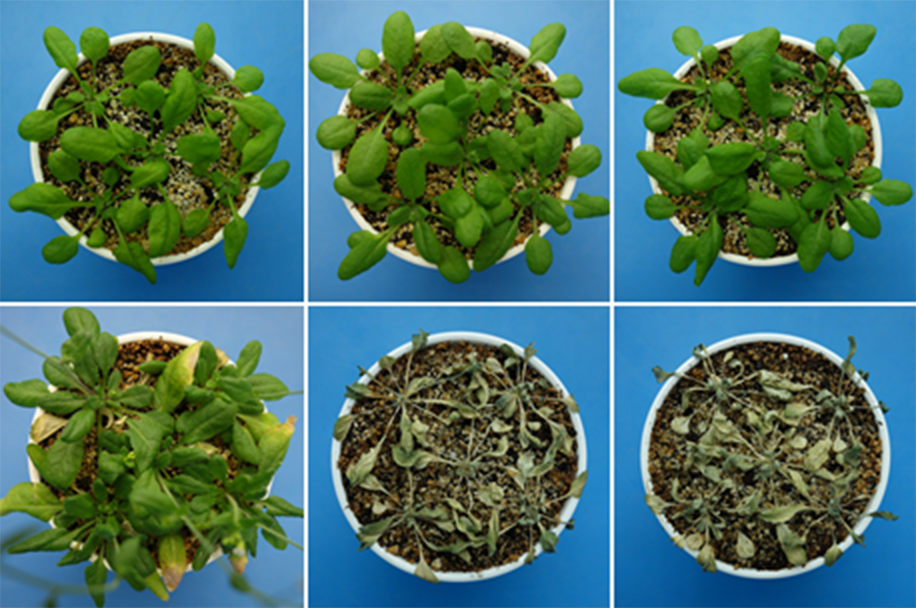
Plant hormone combats dehydration
Scientists show that CLE25 is a plant hormone that travels from roots to leaves and helps close stomata in times of dehydration stress.
Continue!9
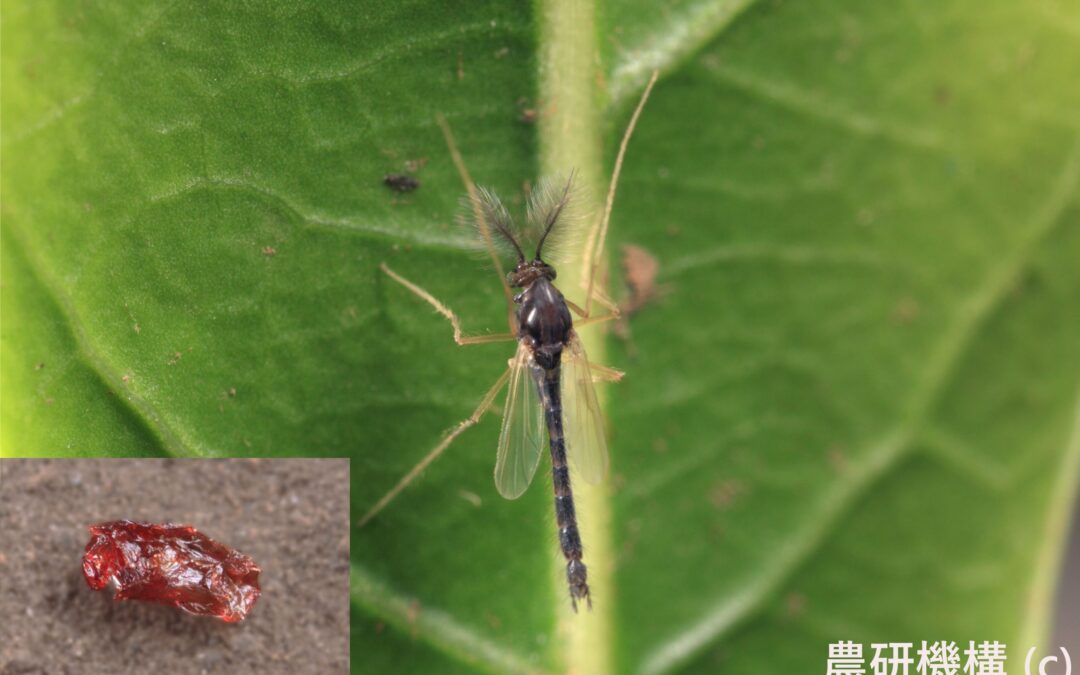
Heat shock system helps dried up bug come back to life
An international collaboration has determined that cooption of the Heat Shock Factor (HSF) gene system is what allows larvae of the sleeping chironomid to be able to survive severe desiccation.
Continue!23
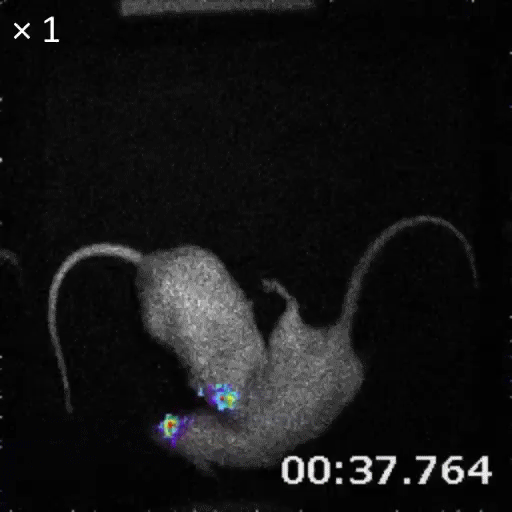
In living color: imaging the brain with synthetic bioluminescence
9
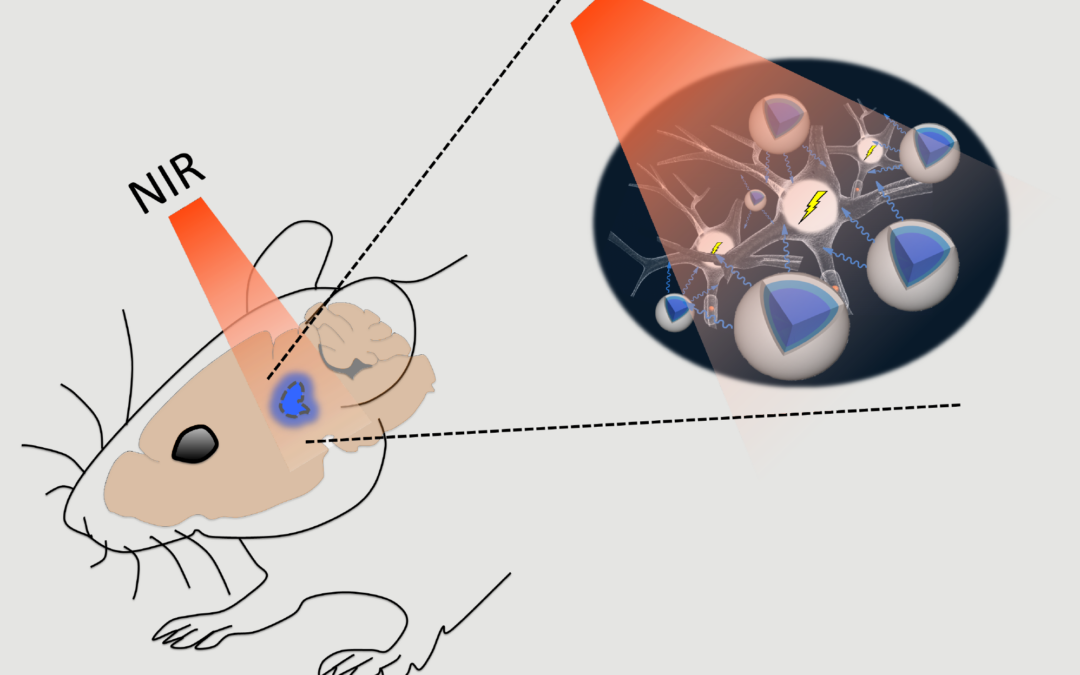
Deep-brain exploration with nanomaterials
A new way to optogenetically activate neurons deep in the brain using infrared light and upconversion nanoparticles. It’s non-invasive!
Continue!7
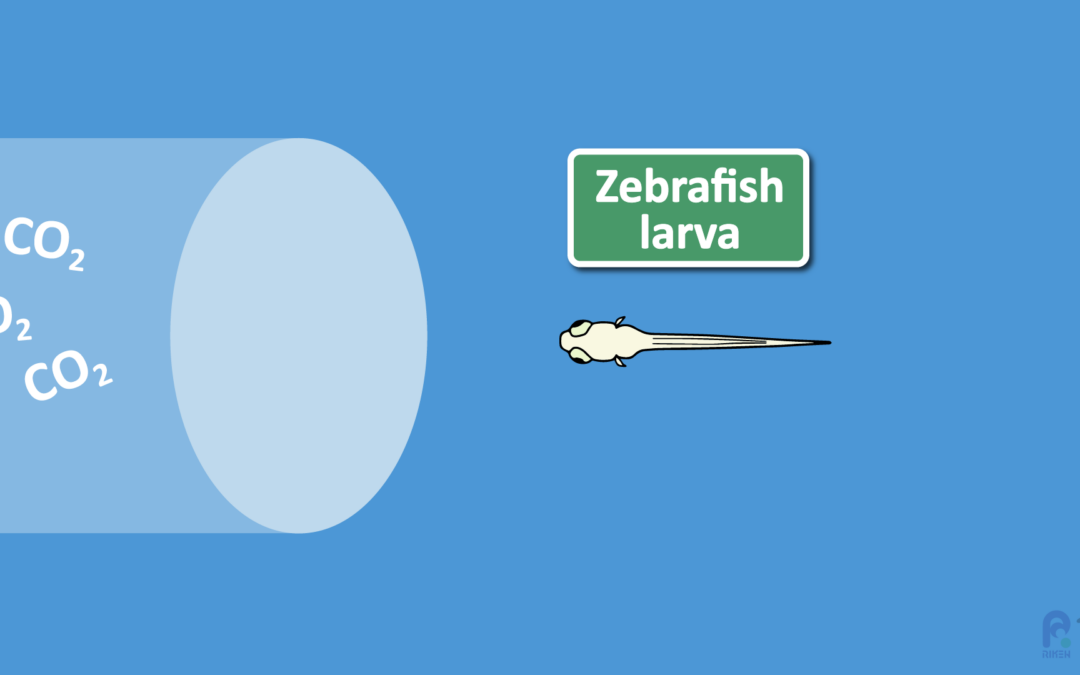
Running away from carbon dioxide: the terminal connection
Even fish want to avoid carbon dioxide. Now we know that they can because of chemosensation and the Terminal Nerve.
Continue!19
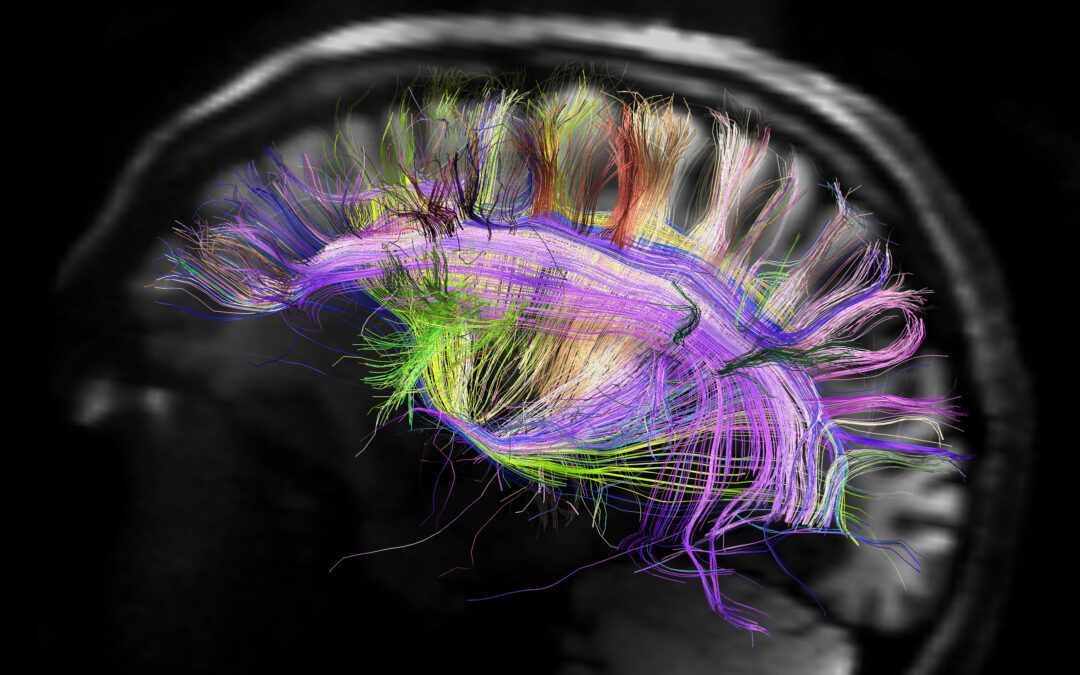
Rainbow engineering to make the brain glow
Bar talk about tinkering with bioluminescent molecules from jellyfish, corals, and algae, figuring out how they work, and making them more useful for brain science.
Continue!